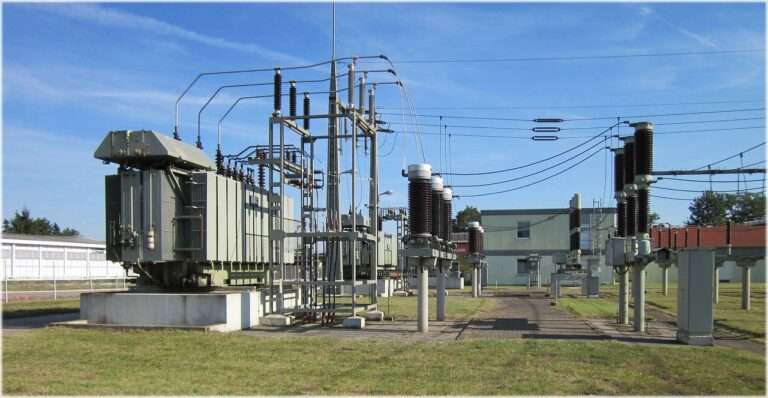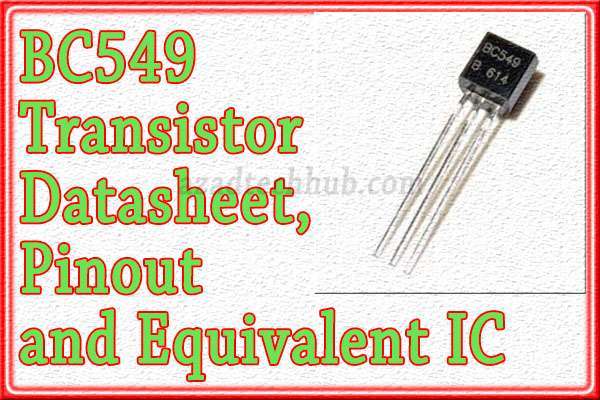Three Phase Power: Comparison of Star & Delta
Introduction
Three phase power system powers almost all electrical appliances and equipment in the world today. Three phase system has remained around since the late 1800s. Its basic concept of multiple power sources sharing load more efficiently than a single phase. which has remained unchanged over this long period.
Table of Contents
However, there are still plenty of people who don’t understand exactly what three-phase power is, how it works, and the difference between it and single-phase power. In this article, we’ll discuss exactly what three-phase electricity is, how it compares to single-phase power, and why you should care about the difference.
Why We Need Three Phase Power?
The fact that the 3-phase power lines are 120 degrees out of phase helps us to understand 3-phase electricity. 3-phase power or three-phase alternating current supplies power to large houses, tall buildings, commercial centers, and industries as well.
With data centers and server rooms becoming denser, the capacity to deliver ever-increasing amounts of electricity is crucial. In the same rooms that earlier had servers that took only a small portion of the three-phase power; today computers and networks have crowded so much that it’s becoming a challenge now to cope with the needs of 3-phase power.
Not so long ago, a single IT cabinet with 20 servers consumed a total of 10kW of electricity. Today, that same rack houses dozens of servers that consume 30 or 400 kW collectively. At these levels, efficiency is something you want to prioritize because even a minor improvement in electricity consumption will result in considerable long-term cost savings.
The wiring of racks and electronic equipment is another important constraint. Let’s just think about a 25kW rack or communication panel. It needs 208 amps of single-phase electricity at 120 Volts to power the rack. Which would almost require wire around half-quarter of an inch in diameter which is not only difficult to deal with but also costly.
Three-phase power can produce the same power using smaller wiring and it is more efficient. Three wires that can supply 130 amps are needed to support the same 25 kW rack utilizing three-phase power.
How does Three Phase Power work?
In 3-phase power, three independent electric feeders are provided by three alternating currents in the three-phase network. One-third of the complete cycle of its waveforms, each phase reaches the maximum point.
In other words, the output power of a three-phase source never touches zero. In this way, the load which connects on a Three phase power connection gets continuous power without interruption. We can write the 3-phase formula for the power as below.
Three Phase Power= P = √3 x Voltage x Current x Cosɵ
Where the cosɵ is the power factor of 3-phase power.
There are two types of circuit configurations in a three phase power;
- Star configuration
- Delta configuration
Three phase power Star Configuration
In star configuration, the line current is equivalent to the phase current. This network has four wires, three phases, and one neutral. The three-phase wires connect to a common point and the neutral comes out of this common point. Y or WYE connection is the other name of the star configuration.
Three Phase Power Delta Configuration
In the delta configuration, there is no neutral wire. Power transformers or high system voltages use delta configuration mostly. Motor starters for initial torque production also use the delta configuration because in delta configuration line current is the square root 3 times the phase current.
Star and delta configuration in three-phase power is explained below figure where you can see the delta has been shown as a triangle and the star connection has been shown as the Y connection. As you can see the common point has been denoted as the neutral “n”.

What is Single-Phase Power?
We can also call a single-phase system a two-phase network that contains one phase wire and one neutral wire. The single phase uses the same phase wire from the 3 phases of Three Phase Power and the neutral wire from the star-connected system. Homes, offices, and small businesses use single-phase electricity.
Single phase electricity uses 220-230 volts mostly and 120 volts in some countries. We can write the single-phase power in the formula below.
Single phase power = P = Voltage x Current
P= V x I
Since an AC motor connected to a single-phase source does not generate a rotating magnetic flux, therefore single-phase motors need some additional circuitry to function. A single-phase supply’s voltage fluctuates since the power output is not constant.
Demand factor and diversity factors are also applied on single phase circuits. Where each switchboard is estimated through diversity factor. To know more in detail of the applications of the demand factor and the diversity factor in electrical design, follow the link to broaden your understanding.
Advantages of Three Phase Power over single-phase power
In large businesses, motors that connect in 3 phases, do not require any type of starters. Because the phase difference between the 3 phases is sufficient to create the initial torque/thrust to start the motor. But heavy motors having larger ratings, require soft or star-delta starters.
The DC voltage component of a Three Phase Power system gets smoother and more beneficial as the number of phases in the system rises.
Less cabling is needed to transmit and distribute electrical power using a Three three-phase power source. So, talking about costs makes it more economical.
A Three three-phase power network/supply gets priority because it runs commercial and heavy industrial loads easily. Industrial loads like motors, compressors, boilers, or spinners run easily on Three Phase Power network.
So, three-phase power is widely used and preferred in terms of losses, cost, and durability. In a large house, the three-phase power connection is preferred to have a stable supply and distributed loads on all phases. In this way, the power factor of loads running on a balanced three-phase connection stays within limits.
Follow us on LinkedIn”Electrical Insights” to get the latest updates in Electrical Engineering. You can also Follow us on LinkedIn and Facebook to see our latest posts on Electrical Engineering Topics.
Worth Read Posts
- What is a Variable Resistor?
- Lithium Ion Batteries
- CR2032 Battery
- Methods of Electrical Earthing
- Electrical Earthing Important Types
- Plant Factor, Plant Capacity Factor, and Load Factor
- Buck Converter Interview Questions
- DC DC Converter Interview Questions
- Transformer Electrical Interview
- Top 30 Op Amp Interview Questions
- Power Electronics Interview Questions



